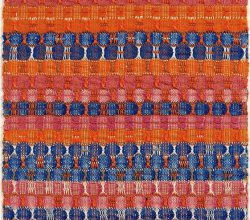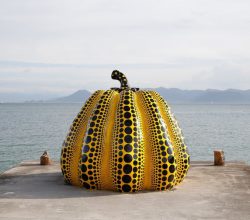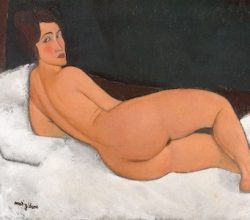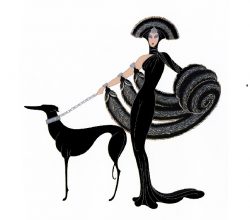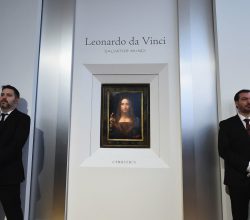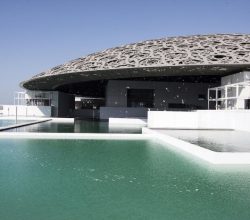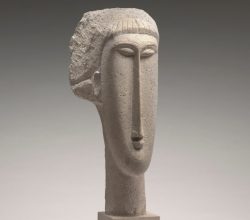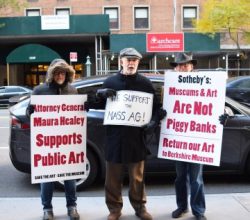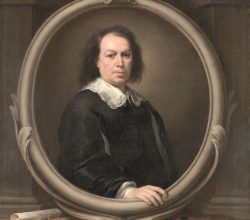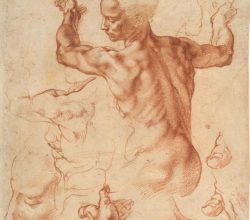
Michelangelo’s Majestic Humanity
Thomas Micchelli | Hyperallergic | 11th November 2017
No superlative seems too lofty for this show, which has been eight years in the making. One critic gushes “we’re seeing an artist stop and start, reconciling deep inner urges, his own probably thwarted homosexuality, surging religiosity, and pride all mixed with a classicism now filled with elemental unconscious, id, asymmetry, and imbalance. Nothing like it had existed on Earth before.” More images are here.

